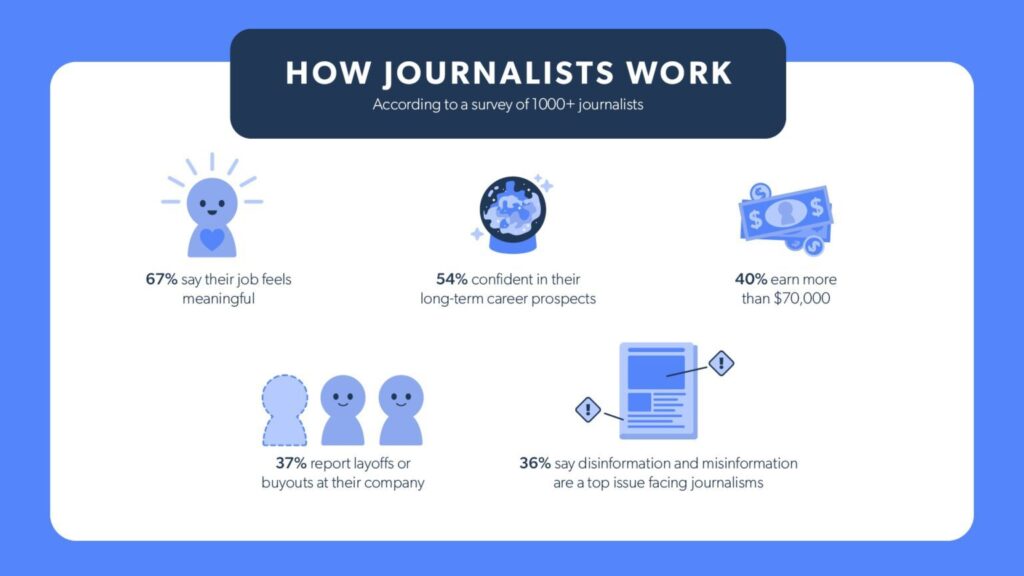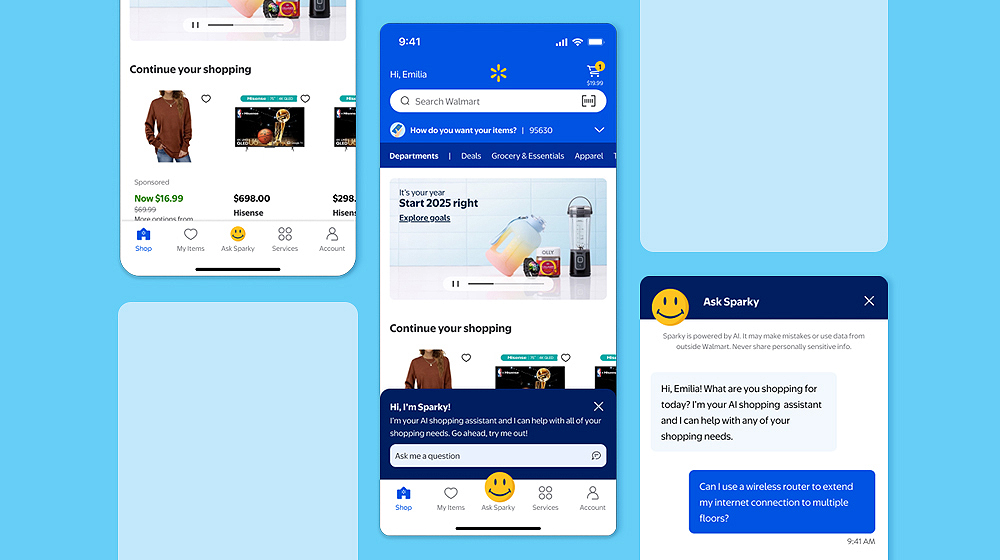Tom Watson admirers must be sickened by the revelations in “IBM and the Holocaust,” the new book by Edwin Black (Crown, 2001).
Under Watson, that business role model, IBM subsidiaries sold technology to the Nazis that was of invaluable use in rounding up Jews and sending them to their deaths, according to Black.
This is not a sensational exercise by a hungry reporter. Black is the son of Holocaust survivors, both of whom still carry shrapnel in their bodies. He began his investigation by asking, “The Nazis had my parents’ names. How?”
The answer was IBM’s advanced punch-card sorting system, which enabled the Nazis not only to find Jews, gays and other despised persons, but also to meticulously code their deaths, he says.
In essence, the equipment leased to the Nazis by IBM’s German subsidiary, Deutsche Hollerith Maschinen Gesellschaft (or Dehomag), was nothing more than an advanced mailing list system.
List veteran Bob Castle recalls that “punch cards were used in the list business, from about the mid-50’s on through the late 60’s, and actually beyond that–until the advent of the PC.” Punch-card systems went back at least as far as 1916, when Scientific American magazine did an article on them. As Black tells it, the cards had punched holes, each of which represented a different trait; the cards were fed into “readers,” and sorted into stacks on the basis of the holes.
The first use of this technology to identify Jews was in 1933 when the Nazis, with technical support from Dehomag, conducted a census, asking pointed questions about religion and ancestry, Black alleges.
“What emerged,” he writes, “was a profession-by-profession, city-by-city, and indeed a block-by-clock revelation of the Jewish presence.” Moreover, by cross-sorting the columns, the Nazi government was able to “identify who among the Jews would be its first targets for confiscation, arrest, imprisonment, and ultimately expulsion.”
Another effort occurred in 1939, when the Nazis were about to launch the war; they even went through old church records to find Jews whose families had converted to Christianity generations before. By this time, it was apparent that punch-card technology could also be used for military purposes, and for tracking and redeployment of the German work force. The trouble was that the systems had “the disadvantage of existing for singular purposes and being incompatible with each other.” (In other words, they needed an enterprise-wide system.)
Later, the punch-cards were used to code the demises of the victims, and record which ones had received “special handling” (usually, extermination in a gas chamber).
“All Auschwitz name information, including workers still alive, deaths, and transferees, was continuously punched into the camp’s Hollerith system,” Black continues. “Tabulated totals were wired each day to the SS Economics Administration and other offices in Berlin to process cards and lists for each inmate transferred.”
What did Tom Watson have to do with all this?
Black alleges that Watson admired Mussolini, and saw some good in Hitler. Watson accepted a medal from the Nazis and he wrote to the Fuhrer that he fully valued “the spirit of friendship which underlay this honor.” In 1937, he was photographed with Hitler.
Apologists might counter that this was before the Holocaust, but it wasn’t before the Nuremberg Laws, or the violence and confiscations acted out against German Jews. In any event, Watson continued doing business with the Nazis through Dehomag even after Kristallnacht in 1938, and other atrocities, according to Black.
But he finally wised up
 Network
Network

